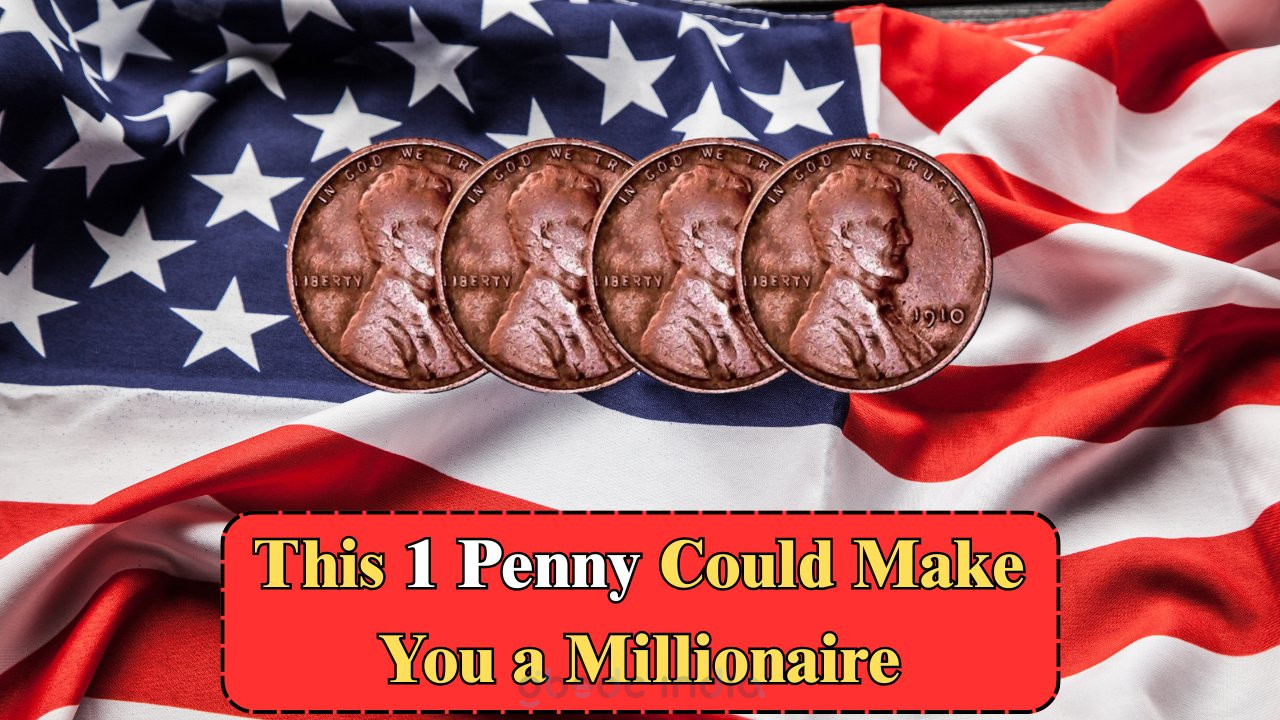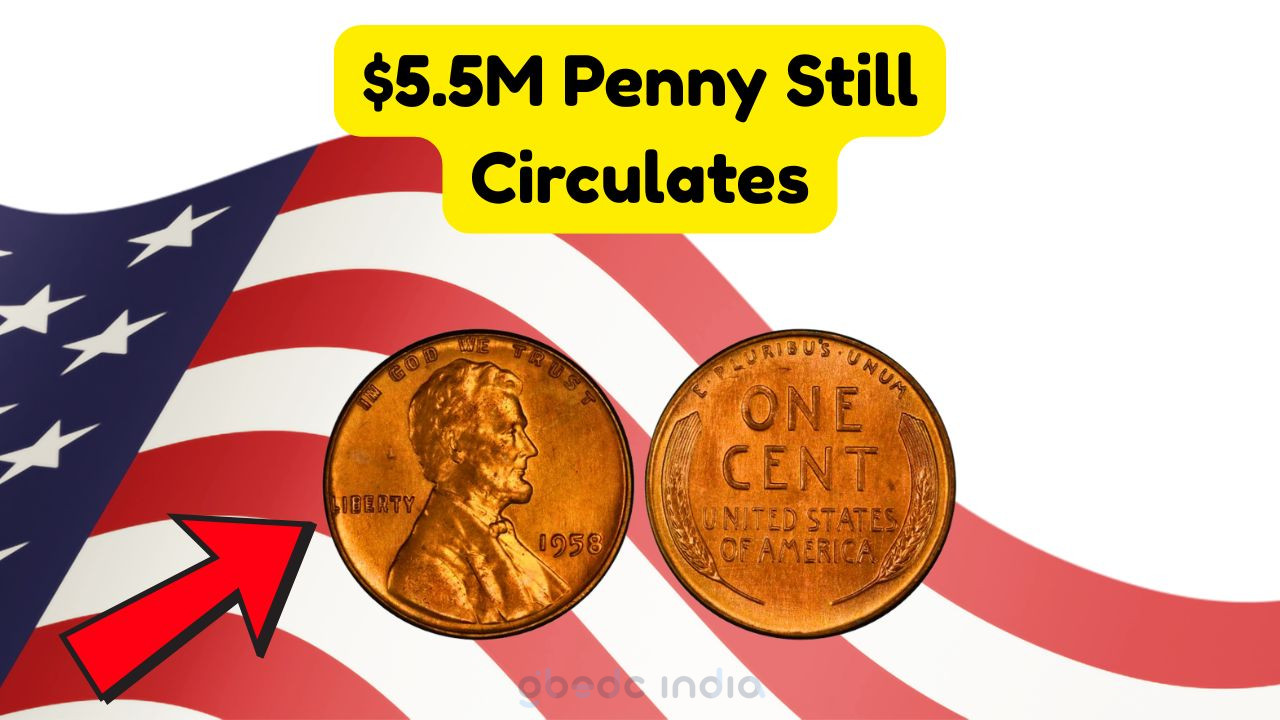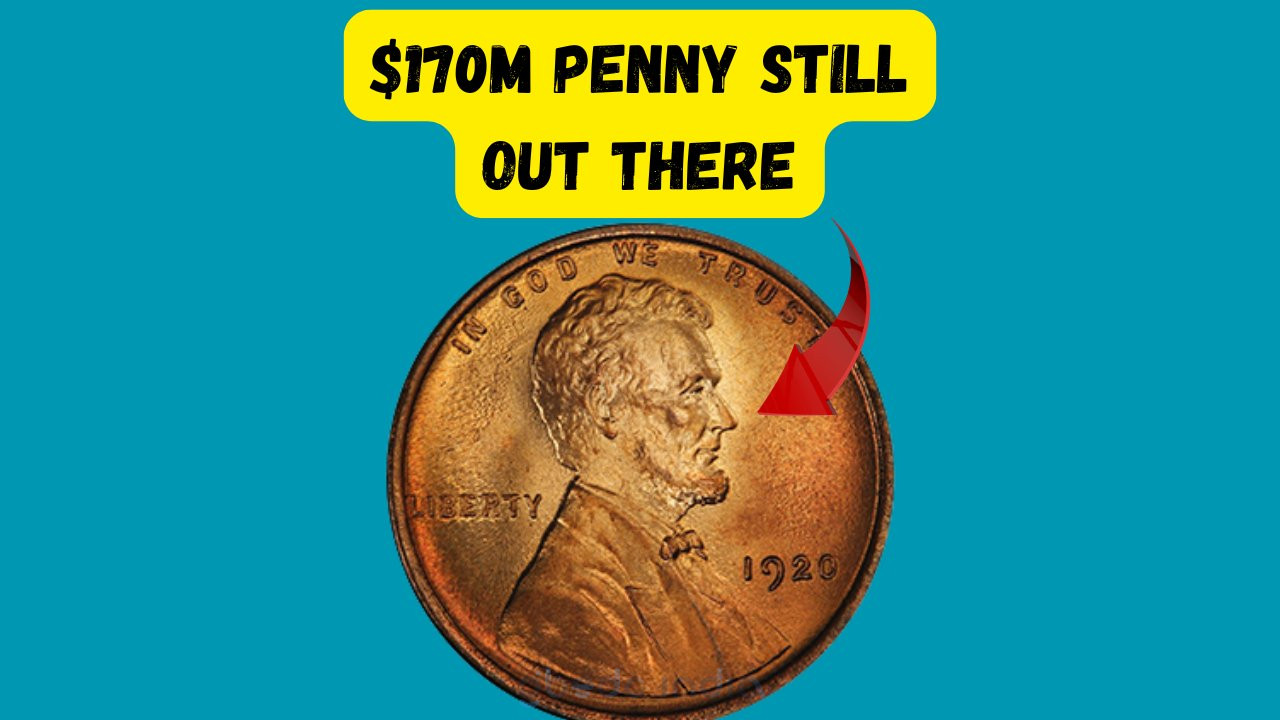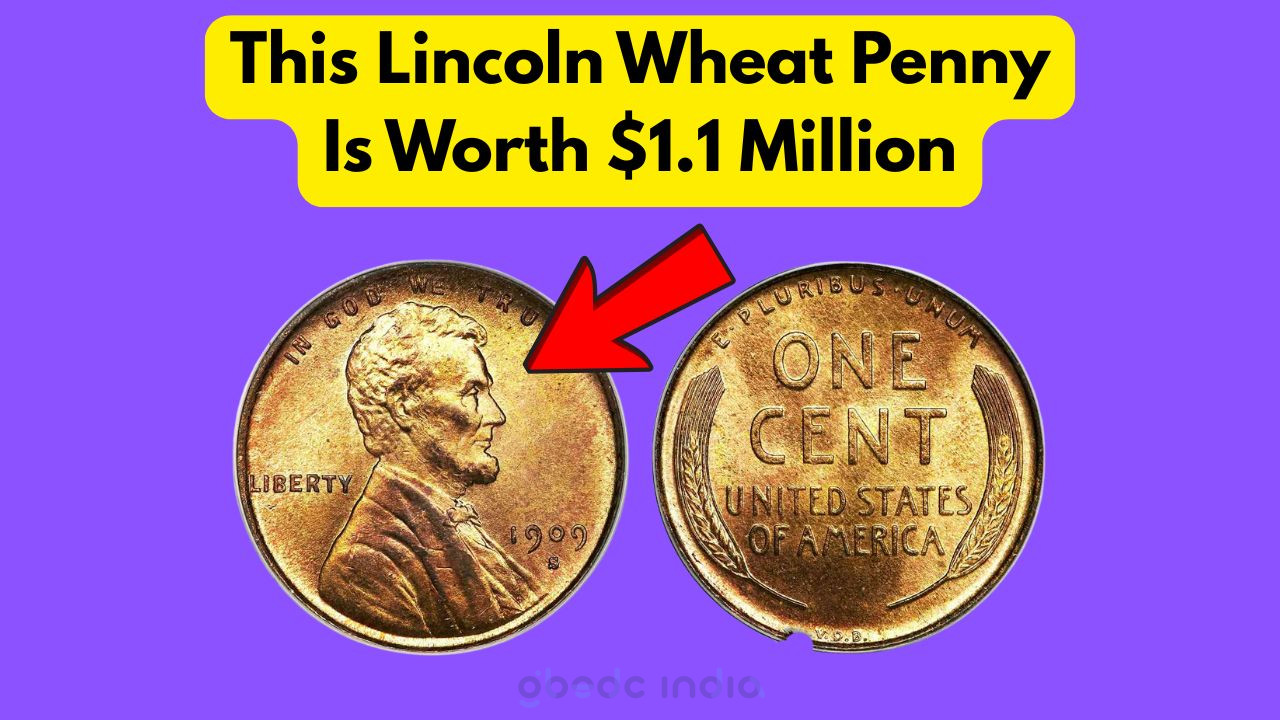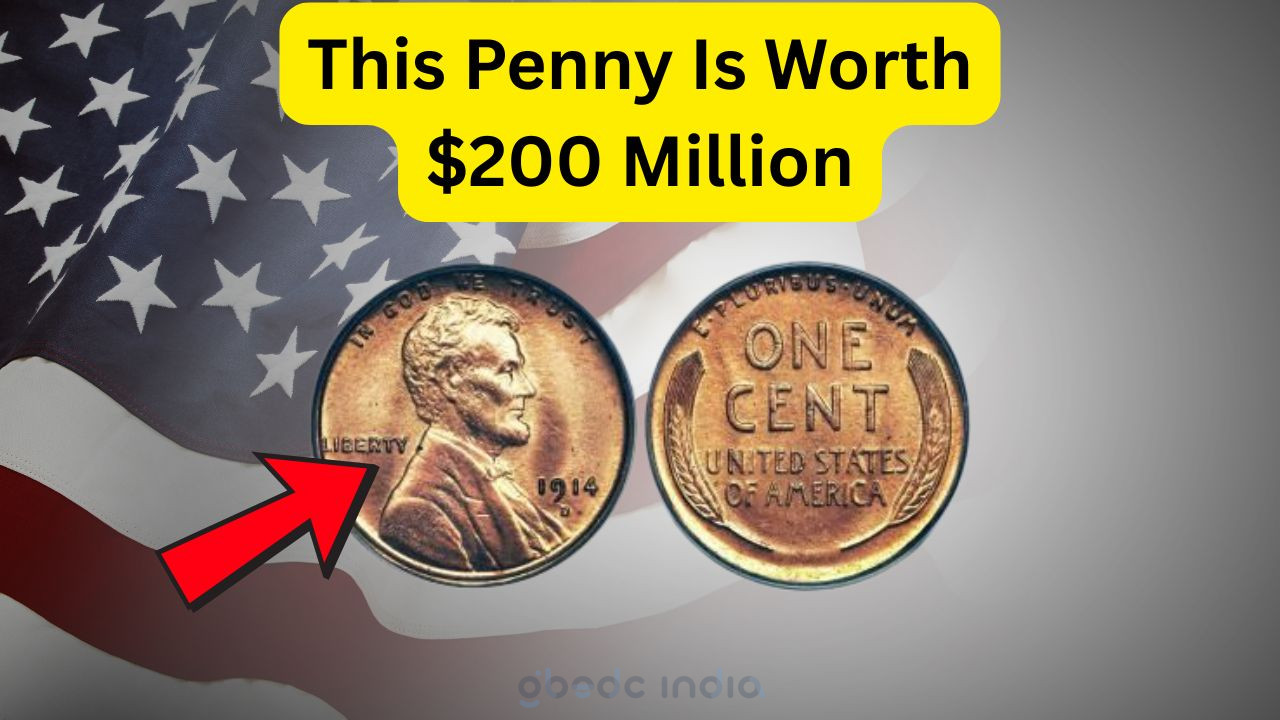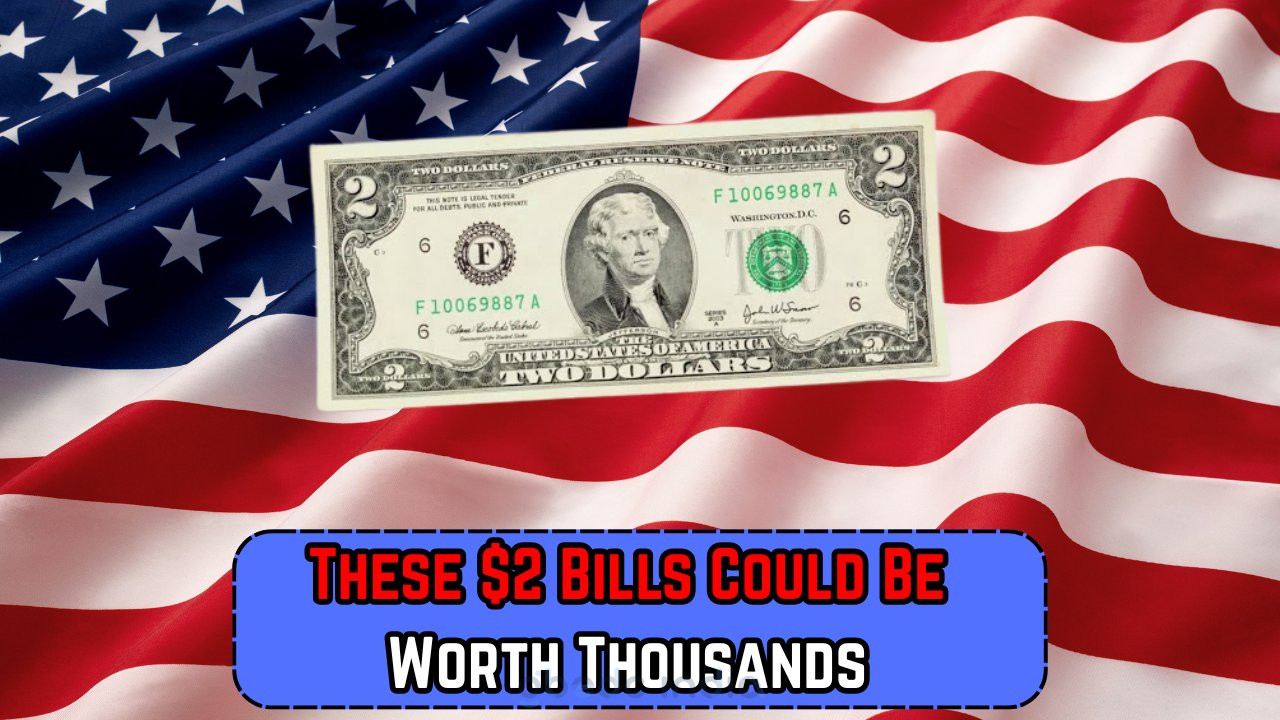Is the Lincoln Wheat Penny Worth $9.6 Million Still Out There?
The Legend of the $9.6 Million Lincoln Wheat Penny
The Lincoln Wheat Penny: This iconic coin, minted between 1909 and 1958, is a staple in the world of numismatics. Collectors and enthusiasts alike have long been captivated by its history and the allure of rare specimens fetching astronomical prices. Among these, the legend of a Lincoln Wheat Penny valued at $9.6 million has persisted, sparking dreams of discovery and fortune. But is this elusive coin still out there, waiting to be found?
- Rarity: The rarity of a coin can dramatically affect its value. In the case of the Lincoln Wheat Penny, certain years and mint variations are exceedingly scarce.
- Condition: Coins in pristine condition, known as “uncirculated,” command higher prices than those that show signs of wear and tear.
- Mint Errors: Errors during the minting process can make a coin unique, often increasing its value significantly.
- Historical Significance: Coins tied to significant historical events or figures can attract higher interest and value.
- Provenance: A well-documented history of ownership can enhance a coin’s value, adding to its mystique and appeal.
What Makes the Lincoln Wheat Penny So Special?
A Piece of History: The Lincoln Wheat Penny is more than just a coin; it is a piece of American history. Introduced in 1909 to commemorate the centennial of Abraham Lincoln’s birth, it was the first U.S. coin to feature a president’s portrait. This move was controversial at the time but has since set a precedent for honoring prominent figures on currency. The “wheat” design on the reverse side, symbolizing prosperity and growth, adds to its historical and visual appeal.
| Year | Mint Mark | Rarity | Estimated Value | Condition | Mint Error | Historical Significance | Provenance |
|---|---|---|---|---|---|---|---|
| 1909-S | S | High | $1,200 | Fine | No | First Year | No |
| 1914-D | D | High | $3,500 | Very Fine | No | Low Mintage | No |
| 1922 | No D | High | $5,000 | Extra Fine | Yes | Mint Error | No |
| 1943 | Bronze | Very High | $100,000 | Uncirculated | Yes | War Time | Yes |
| 1955 | Double Die | High | $1,800 | Uncirculated | Yes | Mint Error | No |
| 1944-S | S | Medium | $75 | Fine | No | Post-War | No |
| 1958 | P | Common | $0.10 | Good | No | End of Era | No |
Is the Lincoln Wheat Penny Worth $9.6 Million Truly Real?
The Mystery Unveiled: The story of a Lincoln Wheat Penny valued at $9.6 million is both fascinating and elusive. While no verified sale of such a penny at this price has been documented, the legend persists, fueled by the discovery of other high-value pennies, like the 1943 bronze cent sold for over $1 million. Numismatists speculate that a perfect specimen with unique characteristics might one day reach this staggering value, keeping the dream alive for collectors worldwide.
- Speculation: The numismatic community often engages in speculation about the potential values of rare coins, contributing to the mythos surrounding certain pennies.
- Auctions: High-profile auctions of rare coins frequently make headlines, fueling interest and speculation about undiscovered treasures.
- Discoveries: New discoveries or previously unknown mint errors can significantly impact the perceived value of a coin.
- Market Trends: The coin collecting market is dynamic, with values rising and falling based on trends, interest, and economic factors.
- Authenticity: Ensuring the authenticity of a coin is crucial, as forgeries can deceive even seasoned collectors.
How to Identify a Rare Lincoln Wheat Penny?
Spotting the Gem: Identifying a rare Lincoln Wheat Penny requires a keen eye and knowledge of its unique characteristics. Key indicators include the year and mint mark, with certain combinations being more valuable. For example, a 1909-S V.D.B. is a coveted piece due to its low mintage. Additionally, mint errors such as double dies or off-center strikes can add significant value. Collectors often utilize magnifying glasses or microscopes to detect subtle features that distinguish rare specimens from common ones.
| Year | Mint Mark | Rarity | Indicative Features | Potential Value | Condition | Mint Error |
|---|---|---|---|---|---|---|
| 1909-S | S | Very High | V.D.B. | $2,500 | Fine | No |
| 1914-D | D | High | Clear Date | $3,500 | Very Fine | No |
| 1922 | No D | Very High | Weak Reverse | $6,000 | Extra Fine | Yes |
| 1943 | Bronze | Extremely High | Metal Difference | $150,000 | Uncirculated | Yes |
| 1955 | Double Die | High | Obvious Doubling | $2,000 | Uncirculated | Yes |
Tips for Collectors
Building a Collection: Building a coin collection is a journey of discovery and patience. For those captivated by the Lincoln Wheat Penny, it’s essential to understand the intricacies that make each coin unique. Here are some tips for budding collectors:
- Start with widely available pennies to practice identification and grading skills.
- Invest in quality storage solutions to protect coins from environmental damage.
- Network with other collectors to exchange knowledge and insights.
- Attend coin shows and auctions to see rare specimens and gain firsthand experience.
Understanding Coin Values
The Market Dynamics: The value of a coin is not static and can fluctuate based on numerous factors. Understanding these dynamics is crucial for any collector looking to make informed decisions. Here are some key aspects to consider:
- Market demand: Coins with high collector interest tend to appreciate in value.
- Condition: The grade of a coin, determined by its condition, is a primary factor in its valuation.
- Rarity: Scarcity often drives up the price of a coin.
Preserving Your Coins
Longevity and Care: Proper care and storage of coins can significantly impact their condition and value over time. Here are some guidelines for preserving your collection:
- Use acid-free holders or albums to prevent chemical reactions.
- Avoid handling coins with bare hands to prevent oils from causing tarnish.
- Store coins in a controlled environment to minimize exposure to extreme temperatures or humidity.
- Avoid cleaning coins, as this can reduce their value.
- Regularly check and update your collection inventory.
Investing in Numismatics
Long-Term Strategies: Numismatics can be more than a hobby; it can also be a form of investment. Here are strategies for those considering this avenue:
- Research historical market trends to identify promising investment opportunities.
- Seek expert appraisals to determine the true value of potential acquisitions.
- Diversify your collection to spread risk across various coin types and eras.
- Monitor economic indicators that may influence coin values.
- Consider the potential for appreciation over time when selecting coins.
Conclusion on the Lincoln Wheat Penny’s Worth
Unraveling the Mystique
While the $9.6 million Lincoln Wheat Penny may remain a tantalizing myth, the allure of finding a rare and valuable coin is very real. Whether you are a seasoned numismatist or a curious newcomer, the world of coin collecting offers endless opportunities for discovery and learning. Each penny holds a story, a piece of history, and the potential for value both monetary and sentimental.
Frequently Asked Questions
Q: How can I verify the authenticity of a Lincoln Wheat Penny?
A: To verify authenticity, consult a professional numismatist or a reputable coin grading service. They can provide certification and valuation.
Q: What are some common errors found on Lincoln Wheat Pennies?
A: Common errors include double dies, off-center strikes, and missing mint marks, all of which can increase a penny’s value.
Q: Where can I sell my Lincoln Wheat Penny collection?
A: Consider selling through reputable auction houses, coin dealers, or online platforms specializing in numismatics.
Q: How do I start a Lincoln Wheat Penny collection?
A: Begin by acquiring common date pennies to practice grading and identification. Gradually seek out rarer specimens as your knowledge and budget expand.
Q: What resources are available for learning more about coin collecting?
A: Numerous books, online forums, and coin clubs offer resources for learning about numismatics and connecting with other collectors.
